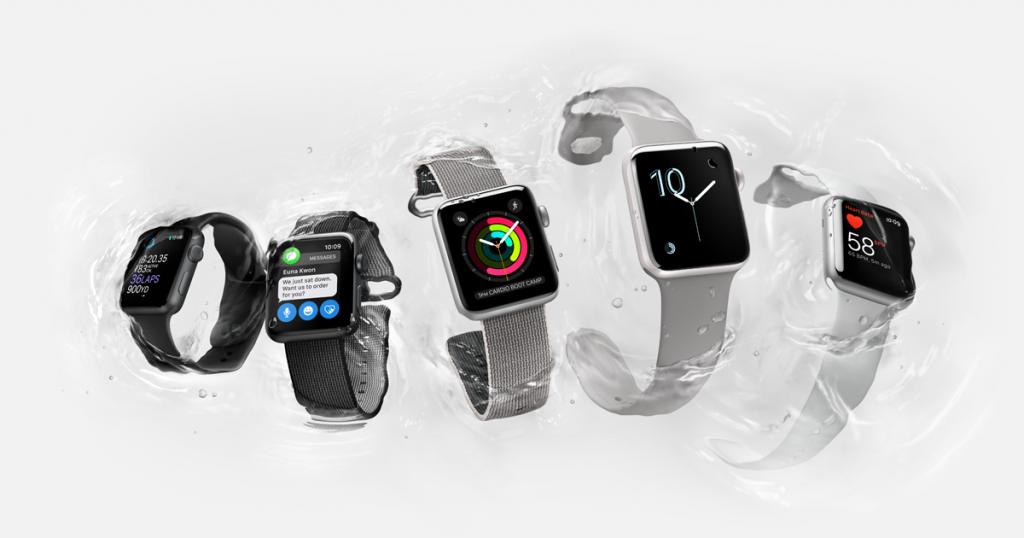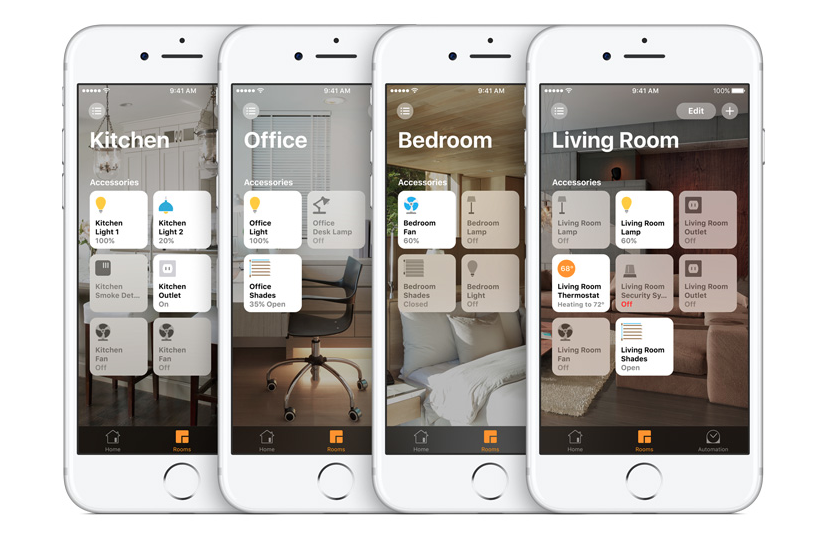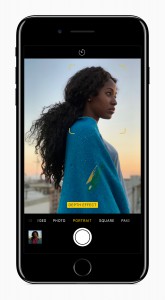As many pundits have argued, the Apple today is not the same company that gave us the iPhone, that remade the high end laptop market, and that made tablets as ubiquitous as they are today.
In this article we ask the question: is Apple still the king of design, or has it been usurped from its throne?
The case for dethroning
The heart of this debate is whether or not Apple is still on the cutting edge of innovation.
The wheel function of the iPod was a major innovation and set the benchmark for the best possible way to organize your music and take it on the go with you.
Likewise, the iPhone was a major step away from where the market was and towards where the market could be.
However, many would consider these big steps into the unknown, based on the business model that true innovation requires building not what people are asking for, but rather building what people don’t know they want yet.
But many argue that mentality is a thing of the past with Apple.
Take, for example, the Apple Watch. Yes, it’s a great piece of wearable technology. And it does stand apart from other wearable tech (looking at you, Samsung) by working exceptionally well.
Like all Apple products, it just seems to work.

But is it truly innovative?
In some regards, YES! But in many other ways, it’s an extension of the existing iPhone innovations:
- The UX and UI involved are built on existing structures from iOS (e.g. icons, touch screens, scrolling menus, etc.)
- The hardware leverages much of what already existed
Now, we don’t want to undersell the Watch. Figuring out the myriad of tech, design, and engineering problems associated with building something the size of watch that can do as much as a computer isn’t easy. Not to mention the addition of inductive charging, heart rate monitoring, and more.
But from the consumer perspective, it represented an incremental improvement to an existing market.
Turning attention to the iPhone, from a software perspective, Apple overhauled its mobile design philosophy with iOS 7, but since then there have mainly been incremental annual improvements.
 iOS 7 Design
iOS 7 Design
From a hardware perspective, The iPhone 6, 6s and 7 represent similar iterative improvements in existing verticals, with some upgrades simply keeping pace with new innovations, rather than charging ahead of the pack (3D Touch notwithstanding).
For example, the iPhone 6 Plus’s real innovation was its phablet size screen.
But the Galaxy 5S, which has a larger screen, was released five months earlier. In addition to not being first, the iPhone 6 Plus launch makes it clear that Apple is no longer the only ones coming up with ideas shaping the future of our consumer technology.
To really drive this point home is the latest VR/AR tech revolution. Other major tech companies, most notably Google, have worked hard to invest into these industries, seeing them as a further bridge between the digital and real world and the next logical step for how we lead our lives.
Apple has – so far – been sitting this one out.
And while rumours have recently surfaced that they could in fact be working on a VR headset, and Tim Cook has said AR will eventually be an essential part of daily life, Apple isn’t yet leading the market with breakthrough products.
The case for defending the throne
Of course, there is a flipside to this discussion. Namely, that Apple remains on the cutting edge of innovation for both software and hardware, and that they’re simply taking a different approach.
The argument goes like this:
Apple used to be innovating new products at breakneck speed. The iPhone, iPad, iPod – they did it all, and all within a few years of each other.
But we’re no longer living in a world that demands new product innovation. Rather, we’re now living in a world of “one device to rule them all” – so of course Apple isn’t working to revolutionize the next device. There is no ‘next device’ – there is only increased functionality for the smartphone.
 iOS Home interface, source: Apple.com
iOS Home interface, source: Apple.com
As such, Apple’s moved from product innovation to engineering innovation. Which is a lot less flashy.
Engineering innovation is all about getting the most life out of a battery, squeezing processors smaller so you can pack more in, and increasing your device’s ability to talk to the things around you. These sorts of innovations all happen under the hood and garner a lot less attention.
But that doesn’t mean they’re not happening.
Consider a few things. iPhone 7 Plus with Portrait camera effect
iPhone 7 Plus with Portrait camera effect
First, we’re asking more and more of our hardware. More apps, more connection, and more use all demand a better machine.
We expect batteries to last longer, phones to run faster, and cameras to shoot in lower and lower light. And despite these demands, Apple’s products remain at the top of the pile.
They regularly top out their product category for price (or at least near the top). For example, the iPhone 7 starts at around $900 in Canada and goes up.
And yet they sell.
So clearly, Apple is making serious changes to their devices just to keep up with us, and we as consumers are still willing to pay them for that service (negating brand value for a minute).
What’s more, while they’re not fundamentally creating new ways to interact with their devices in a significant way, good UX/UI is rarely revolutionary. It’s about building on the existing knowledge structures to create the best possible experience for the user by utilizing what they already know.
UX/UI advancement is, by its nature, an incremental process.
So even though Apple isn’t launching new Earth-shattering products (though AirPods are certainly a contender), it isn’t a sign of lack of innovation. It’s just that all the innovation is happening behind the scenes now, rather than out front.
Wrap up
There are few tech companies that seem to polarize as much as Apple does. To the zealots, Apple represents what all tech should be – simple to use, beautiful, design-led products that just work, every time.
But for those who are anti-Apple, they’re a huge company who still operates with a walled garden approach to technology in an increasingly collaborative open source world.
Like all things polarizing, the truth probably lies somewhere in the middle.
It’s hard to deny that Apple isn’t as cutting edge as they once were. However, their commitment to making the best version of existing technology provides engineering innovations every single day – innovations that in the long run, push the technology world forward for us all.
